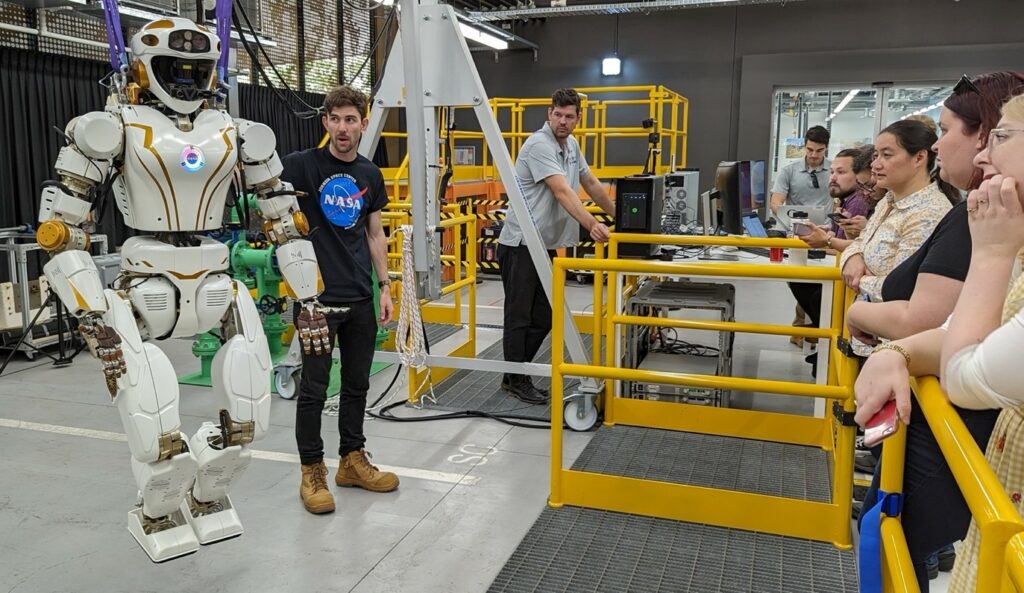Science fiction is becoming a reality in Australia, thanks to NASA. The space agency’s humanoid robot has been assigned its first job as an oil rig worker to test its capability in handling hazardous conditions.
The robot’s deployment is part of a reimbursable Space Act Agreement with Woodside Energy in Perth. The collaboration aims to develop “remote mobile dexterous manipulation capabilities” that will allow for remote maintenance of crewless and offshore energy facilities. Woodside Energy will test the resulting software and provide invaluable data and feedback to NASA, thereby expediting the evolution of robotic technology.
This project marks the second reimbursable collaboration between NASA and Woodside. Valkyrie is expected to enhance robotic remote operations, which could increase both the efficiency and safety of Woodside’s offshore and remote facilities. Moreover, the knowledge gained could be applied to NASA’s Artemis missions and other terrestrial robotic objectives.

To execute the project, NASA’s dexterous robotics team from the Johnson Space Center traveled to Woodside’s headquarters in Perth. There, they prepared Valkyrie for its deployment and trained the Woodside team on its operation. This effort was marked by a visit from representatives of the Western Australian government and the United States Consul General in Perth.
NASA intends to use the experience gained from operating Valkyrie in Woodside’s facilities to refine its designs for robots capable of working in harsh conditions. Such robots could be essential for future worksites and habitats on the Moon, as part of the Artemis missions. Remotely operated robots on both the lunar and Martian surfaces could also allow Earth-based operators to undertake important tasks, such as infrastructure inspection and maintenance, even in the absence of astronauts.
“We are pleased to be starting the next phase of development and testing of advanced robotic systems that have the potential to positively impact life on Earth by allowing safer operations in hazardous environments,” says Shaun Azimi, who leads the dexterous robotics team at NASA’s Johnson Space Center, in a July media release. “These demonstrations will evaluate the current potential of advanced robots to extend the reach of humans and help humanity explore and work safely anywhere.”
Both NASA and Woodside believe that Valkyrie and other advanced mobile robots could play a vital role in hazardous environments, allowing humans to remotely supervise dangerous work and to focus on higher-level tasks.
South West News Service writer Dean Murray contributed to this report.













I am interested in this material also an electro mechanical asm tech
Electro mechanical asm tech